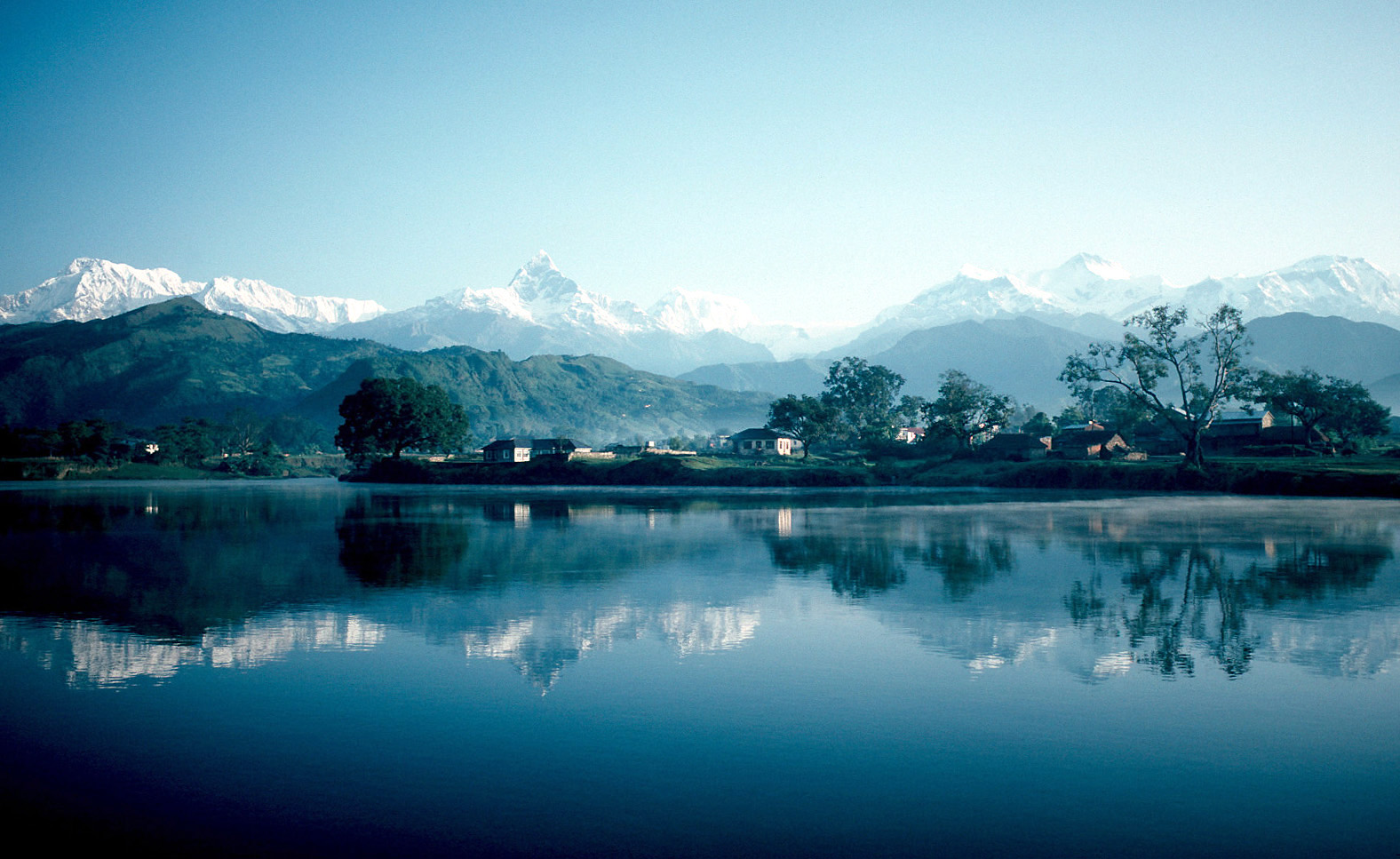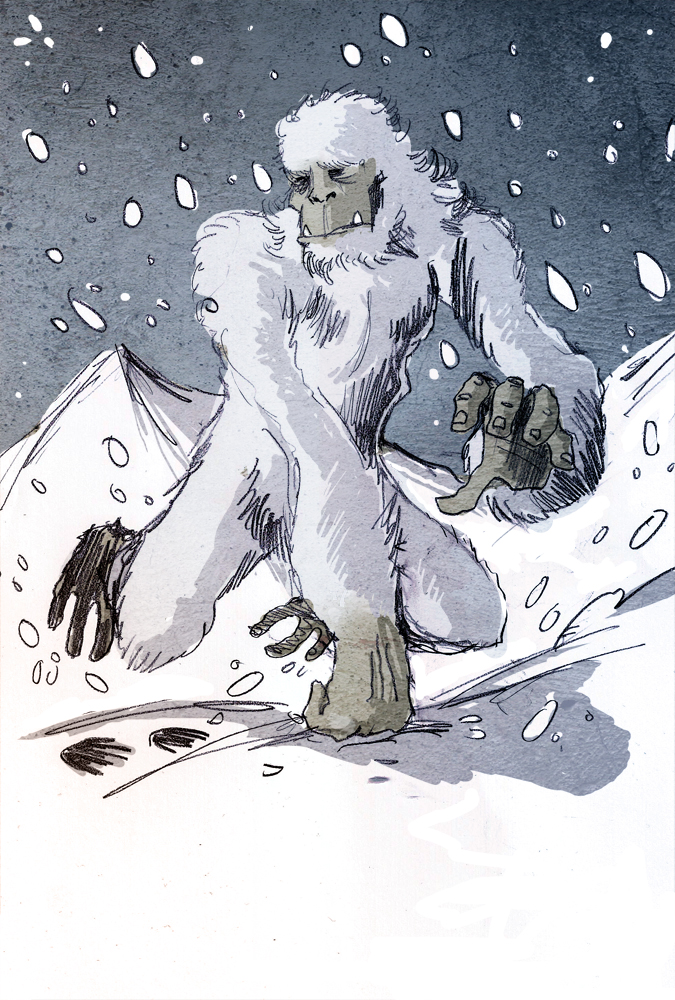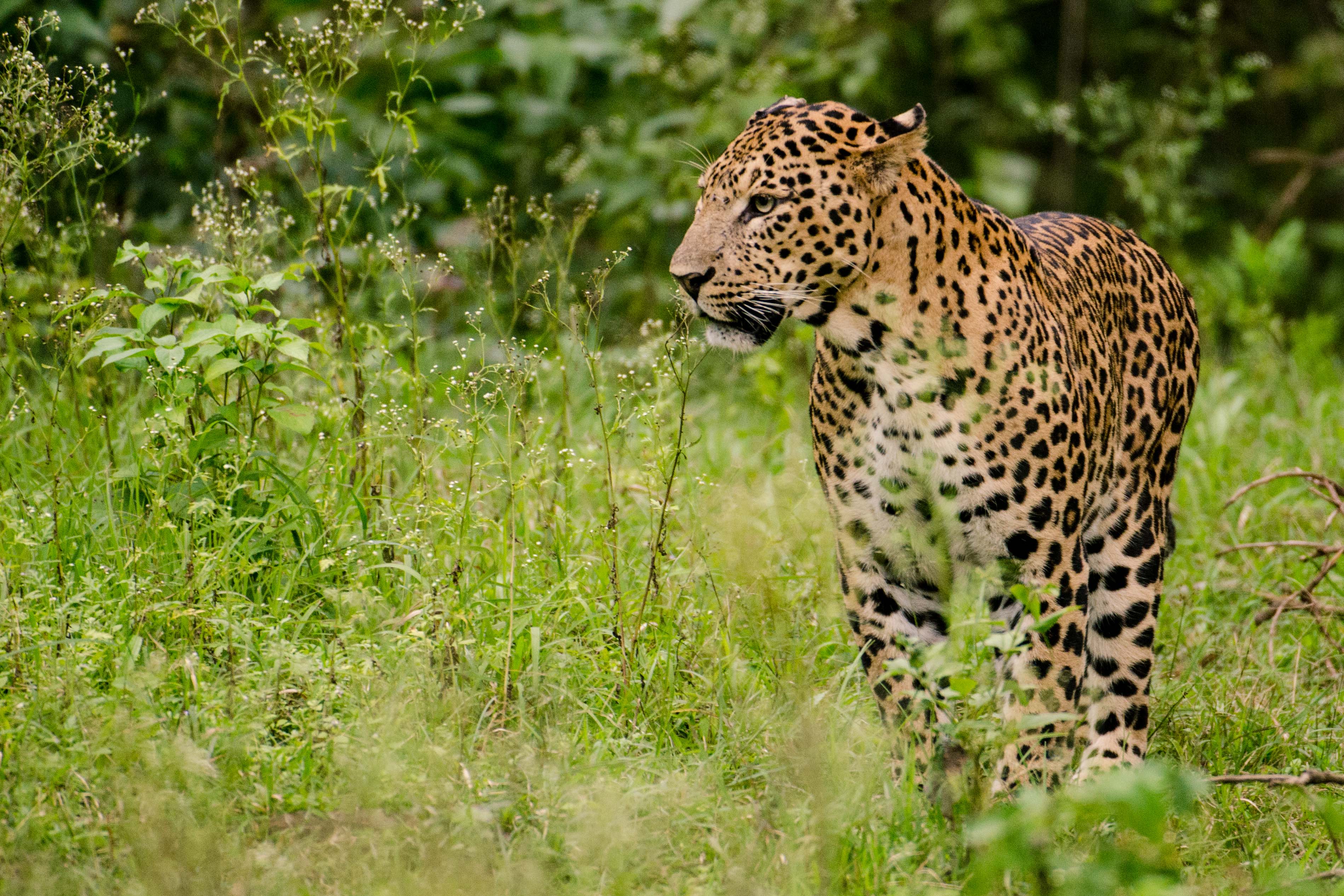|
International Mountain Museum
The International Mountain Museum (INM) is a museum located in Pokhara, Nepal. History The museum was inaugurated on 5 February 2004. During the years 2015-2016, visits to the museum dropped sharply, and its revenue also dropped by 50%, a direct consequence of the country's 2015 earthquakes. By 2019, 2.1 million tourists had visited the museum since its opening. Due to the covid-19 pandemic, the museum closed in March 2020 and reopened in November 2020. Description More than 100,000 domestic and international tourists visit the International Mountain Museum (IMM) every year. IMM records, documents and exhibits the past and present developments related to mountain and mountaineering around the world. The museum contains three main exhibition halls: Hall of Great Himalayas, Hall of Fame and Hall of World Mountains. There are exhibits on famous peaks, descriptions of famous mountaineers, the culture and lifestyle of mountain people, flora subscribe and fauna including geology, ... [...More Info...] [...Related Items...] OR: [Wikipedia] [Google] [Baidu] |
Pokhara
Pokhara ( ne, पोखरा, ) is a metropolis, metropolitan city in Nepal, which serves as the capital of Gandaki Province. It is the List of cities in Nepal, second most populous city of Nepal after Kathmandu, with 518,452 inhabitants living in 101,669 households in 2021 Nepal census, 2021. It is the country's largest metropolitan city in terms of area. The city also serves as the headquarters of Kaski District. Pokhara is located west of the capital, Kathmandu. The city is on the shore of Phewa Lake, and sits at an elevation of approximately 822m. The Annapurna Range, with three out of the ten highest peaks in the world—Dhaulagiri, Annapurna, Annapurna I and Manaslu—is within of the valley. Pokhara is considered the tourism capital of Nepal, being a base for trekkers undertaking the Annapurna Circuit through the Annapurna Conservation Area region of the Annapurna ranges in the Himalayas. The city is also home to many of the elite Gurkha soldiers, soldiers native to So ... [...More Info...] [...Related Items...] OR: [Wikipedia] [Google] [Baidu] |
Nepal
Nepal (; ne, नेपाल ), formerly the Federal Democratic Republic of Nepal ( ne, सङ्घीय लोकतान्त्रिक गणतन्त्र नेपाल ), is a landlocked country in South Asia. It is mainly situated in the Himalayas, but also includes parts of the Indo-Gangetic Plain, bordering the Tibet Autonomous Region of China to the north, and India in the south, east, and west, while it is narrowly separated from Bangladesh by the Siliguri Corridor, and from Bhutan by the Indian state of Sikkim. Nepal has a diverse geography, including fertile plains, subalpine forested hills, and eight of the world's ten tallest mountains, including Mount Everest, the highest point on Earth. Nepal is a multi-ethnic, multi-lingual, multi-religious and multi-cultural state, with Nepali as the official language. Kathmandu is the nation's capital and the largest city. The name "Nepal" is first recorded in texts from the Vedic period of the India ... [...More Info...] [...Related Items...] OR: [Wikipedia] [Google] [Baidu] |
Museum
A museum ( ; plural museums or, rarely, musea) is a building or institution that cares for and displays a collection of artifacts and other objects of artistic, cultural, historical, or scientific importance. Many public museums make these items available for public viewing through exhibits that may be permanent or temporary. The largest museums are located in major cities throughout the world, while thousands of local museums exist in smaller cities, towns, and rural areas. Museums have varying aims, ranging from the conservation and documentation of their collection, serving researchers and specialists, to catering to the general public. The goal of serving researchers is not only scientific, but intended to serve the general public. There are many types of museums, including art museums, natural history museums, science museums, war museums, and children's museums. According to the International Council of Museums (ICOM), there are more than 55,000 museums in 202 countrie ... [...More Info...] [...Related Items...] OR: [Wikipedia] [Google] [Baidu] |
List Of Aftershocks Of The April 2015 Nepal Earthquake
The following is a list of aftershocks that occurred after the earthquake in Nepal on 25 April 2015. There was some seismic activity in the Jumla district before the main shock. However, they are not foreshocks to the main shock. , over 304 aftershocks have occurred. The large number of aftershocks after the earthquake is considered normal by seismologists. According to seismologist Roger Musson, the standard pattern for aftershocks is that the biggest aftershock will be one day after, and one magnitude less. Thus, the 6.7 magnitude aftershock on 26 April 2015 following the 7.9 magnitude main shock would fit this pattern. It is highly unlikely that the earthquake was a foreshock preceding an even larger earthquake. Therefore, an earthquake larger than 7.9 in the near future after 25 April 2015 is not expected. List of aftershocks 5.0 and higher The list below is incomplete and maybe inaccurate for some aftershocks. Note: The list below shows bigger earthquakes only. Not ... [...More Info...] [...Related Items...] OR: [Wikipedia] [Google] [Baidu] |
Mountain People
Hill people, also referred to as mountain people, is a general term for people who live in the hills and mountains. This includes all rugged land above and all land (including plateaus) above elevation. The climate is generally harsh, with steep temperature drops between day and night, high winds, runoff from melting snow and rain that cause high levels of erosion and thin, immature soils. Climate change is likely to place considerable stress on the mountain environment and the people who live there. People have used or lived in the mountains for thousands of years, first as hunter-gatherers and later as farmers and pastoralists. The isolated communities are often culturally and linguistically diverse. Today about 720 million people, or 12% of the world's population, live in mountain regions, many of them economically and politically marginalized. The mountain residents have adapted to the conditions, but in the developing world they often suffer from food insecurity and poo ... [...More Info...] [...Related Items...] OR: [Wikipedia] [Google] [Baidu] |
Yeti
The Yeti ()"Yeti" ''Random House Webster's Unabridged Dictionary''. is an ape-like creature purported to inhabit the Himalayan mountain range in Asia. In western popular culture, the creature is commonly referred to as the Abominable Snowman. Many dubious articles have been offered in an attempt to prove the existence of the Yeti, including Anecdotal evidence, anecdotal visual sightings, disputed video recordings, photographs, and plaster casts of large footprints. Some of these are speculated or known to be hoaxes. Folklore studies, Folklorists trace the origin of the Yeti to a combination of factors including Sherpa people, Sherpa folklore and misidentified fauna such as Himalayan brown bear, bear or yak. The Yeti is commonly compared to Bigfoot of North America, as the two subjects often have similar physical descriptions. ...
|
Manaslu
Manaslu ( ne, मनास्लु, also known as Kutang; muh-NAA-slu) is the eighth-highest mountain in the world at above sea level. It is in the Mansiri Himal, part of the Nepalese Himalayas, in the west-central part of Nepal. The name Manaslu means "mountain of the spirit" and is derived from the Sanskrit word ''manasa'', meaning "intellect" or "soul". Manaslu was first climbed on May 9, 1956, by Toshio Imanishi and Gyalzen Norbu, members of a Japanese expedition. It is said that, given the many unsuccessful attempts by the British to climb Everest before New Zealander Edmund Hillary, "just as the British consider Everest their mountain, Manaslu has always been a Japanese mountain".Mayhew, p. 326 Manaslu is the highest peak in the Gorkha District and is about east of Annapurna. The mountain's long ridges and valley glaciers offer feasible approaches from all directions and culminate in a peak that towers steeply above its surrounding landscape and is a dominant feature wh ... [...More Info...] [...Related Items...] OR: [Wikipedia] [Google] [Baidu] |
Taxidermy
Taxidermy is the art of preserving an animal's body via mounting (over an armature) or stuffing, for the purpose of display or study. Animals are often, but not always, portrayed in a lifelike state. The word ''taxidermy'' describes the process of preserving the animal, but the word is also used to describe the end product, which are called taxidermy mounts or referred to simply as "taxidermy". The word ''taxidermy'' is derived from the Greek words ''taxis'' and ''derma''. ''Taxis'' means "arrangement", and ''derma'' means "skin" (the dermis). The word ''taxidermy'' translates to "arrangement of skin". Taxidermy is practiced primarily on vertebrates (mammals, birds, fish, reptiles, and less commonly on amphibians) but can also be done to larger insects and arachnids under some circumstances. Taxidermy takes on a number of forms and purposes including hunting trophies and natural history museum displays. Museums use taxidermy as a method to record species, including those ... [...More Info...] [...Related Items...] OR: [Wikipedia] [Google] [Baidu] |
Indian Leopard
The Indian leopard (''Panthera pardus fusca'') is a leopard subspecies widely distributed on the Indian subcontinent. The species ''Panthera pardus'' is listed as Vulnerable on the IUCN Red List because populations have declined following habitat loss and fragmentation, poaching for the illegal trade of skins and body parts, and persecution due to conflict situations. The Indian leopard is one of the big cats occurring on the Indian subcontinent, along with the Asiatic lion, Bengal tiger, snow leopard and clouded leopard. In 2014, a national census of leopards around tiger habitats was carried out in India except the northeast. 7,910 individuals were estimated in surveyed areas and a national total of 12,000–14,000 speculated. Taxonomy ''Felis fusca'' was the scientific name proposed by Friedrich Albrecht Anton Meyer in 1794 who described a black leopard from Bengal that was on display at the Tower of London. ''Leopardus perniger'' proposed by Brian Houghton Hodgson in 18 ... [...More Info...] [...Related Items...] OR: [Wikipedia] [Google] [Baidu] |
List Of Museums In Nepal ...
This is a list of museums in Nepal. Museums (General interest) * National Museum of Nepal * Bronze and Brass Museum * Hanumandhoka Palace Complex * Patan Museum * Pujarimath Museum * Kapilvastu Museum * Children's Art Museum of Nepal * International Mountain Museum * Sindhuligadhi War Museum * The Taragaon Museum Museums related to rulers * Tribhuvan Museum * Mahendra Museum * Birendra Museum Museums related to natural history * Natural History Museum of Nepal * Annapurna Natural History Museum, Pokhara See also * List of museums External links Museums and art galleries of Nepal() {{Asia topic, List of museums in Museums Nepal Museums Museums Nepal Nepal (; ne, नेपाल ), formerly the Federal Democratic Republic of Nepal ( ne, सङ्घीय लोकतान्त्रिक गणतन्त्र नेपाल ), is a landlocked country in South Asia. It is ma ... [...More Info...] [...Related Items...] OR: [Wikipedia] [Google] [Baidu] |
Indian Subcontinent
The Indian subcontinent is a list of the physiographic regions of the world, physiographical region in United Nations geoscheme for Asia#Southern Asia, Southern Asia. It is situated on the Indian Plate, projecting southwards into the Indian Ocean from the Himalayas. Geopolitically, it includes the countries of Bangladesh, Bhutan, India, Maldives, Nepal, Pakistan, and Sri Lanka."Indian subcontinent". ''Oxford Dictionary of English, New Oxford Dictionary of English'' () New York: Oxford University Press, 2001; p. 929: "the part of Asia south of the Himalayas which forms a peninsula extending into the Indian Ocean, between the Arabian Sea and the Bay of Bengal. Historically forming the whole territory of Greater India, the region is now divided into three countries named Bangladesh, India and Pakistan." The terms ''Indian subcontinent'' and ''South Asia'' are often used interchangeably to denote the region, although the geopolitical term of South Asia frequently includes Afghanist ... [...More Info...] [...Related Items...] OR: [Wikipedia] [Google] [Baidu] |
South Asia
South Asia is the southern subregion of Asia, which is defined in both geographical and ethno-cultural terms. The region consists of the countries of Afghanistan, Bangladesh, Bhutan, India, Maldives, Nepal, Pakistan, and Sri Lanka.;;;;;;;; Topographically, it is dominated by the Indian subcontinent and defined largely by the Indian Ocean on the south, and the Himalayas, Karakoram, and Pamir mountains on the north. The Amu Darya, which rises north of the Hindu Kush, forms part of the northwestern border. On land (clockwise), South Asia is bounded by Western Asia, Central Asia, East Asia, and Southeast Asia. The South Asian Association for Regional Cooperation (SAARC) is an economic cooperation organization in the region which was established in 1985 and includes all eight nations comprising South Asia. South Asia covers about , which is 11.71% of the Asian continent or 3.5% of the world's land surface area. The population of South Asia is about 1.9 billion or about one- ... [...More Info...] [...Related Items...] OR: [Wikipedia] [Google] [Baidu] |

.jpg)
.jpg)



